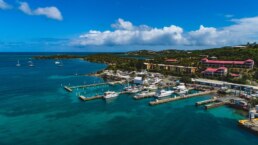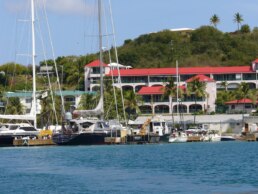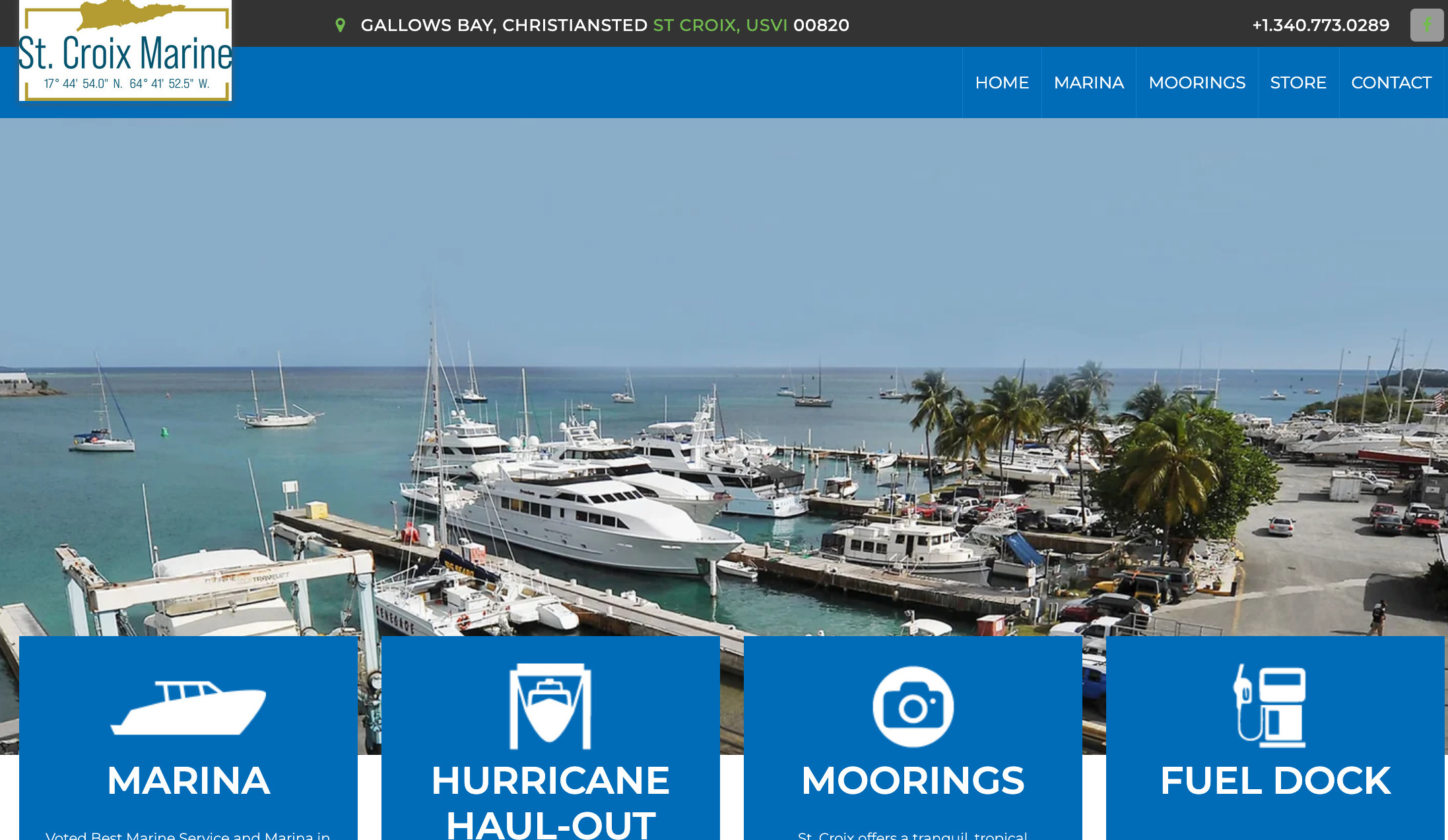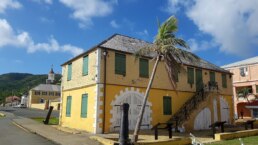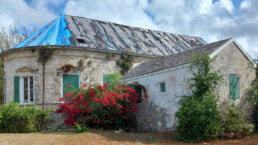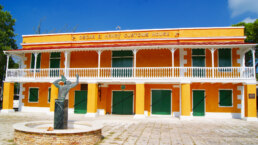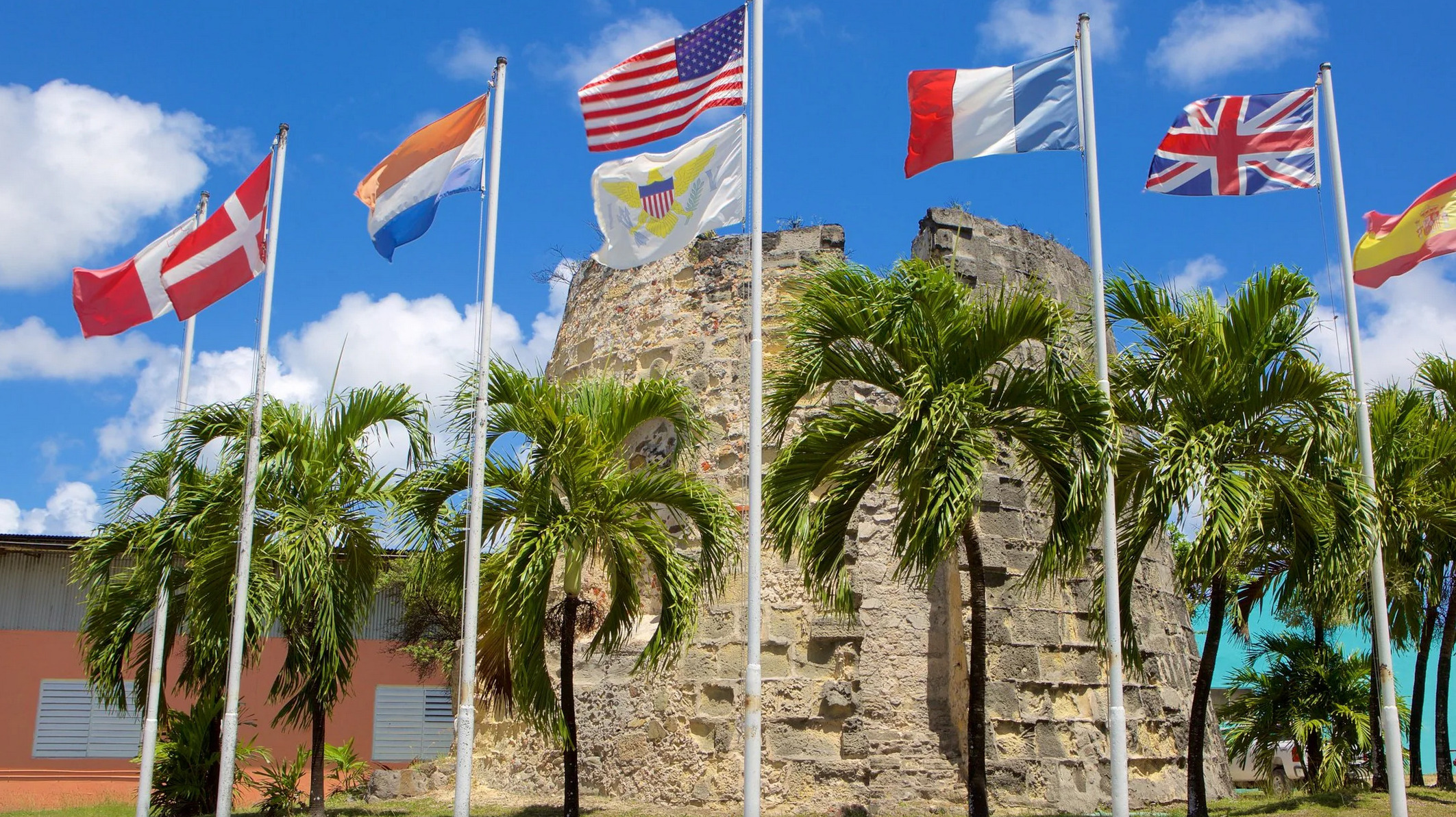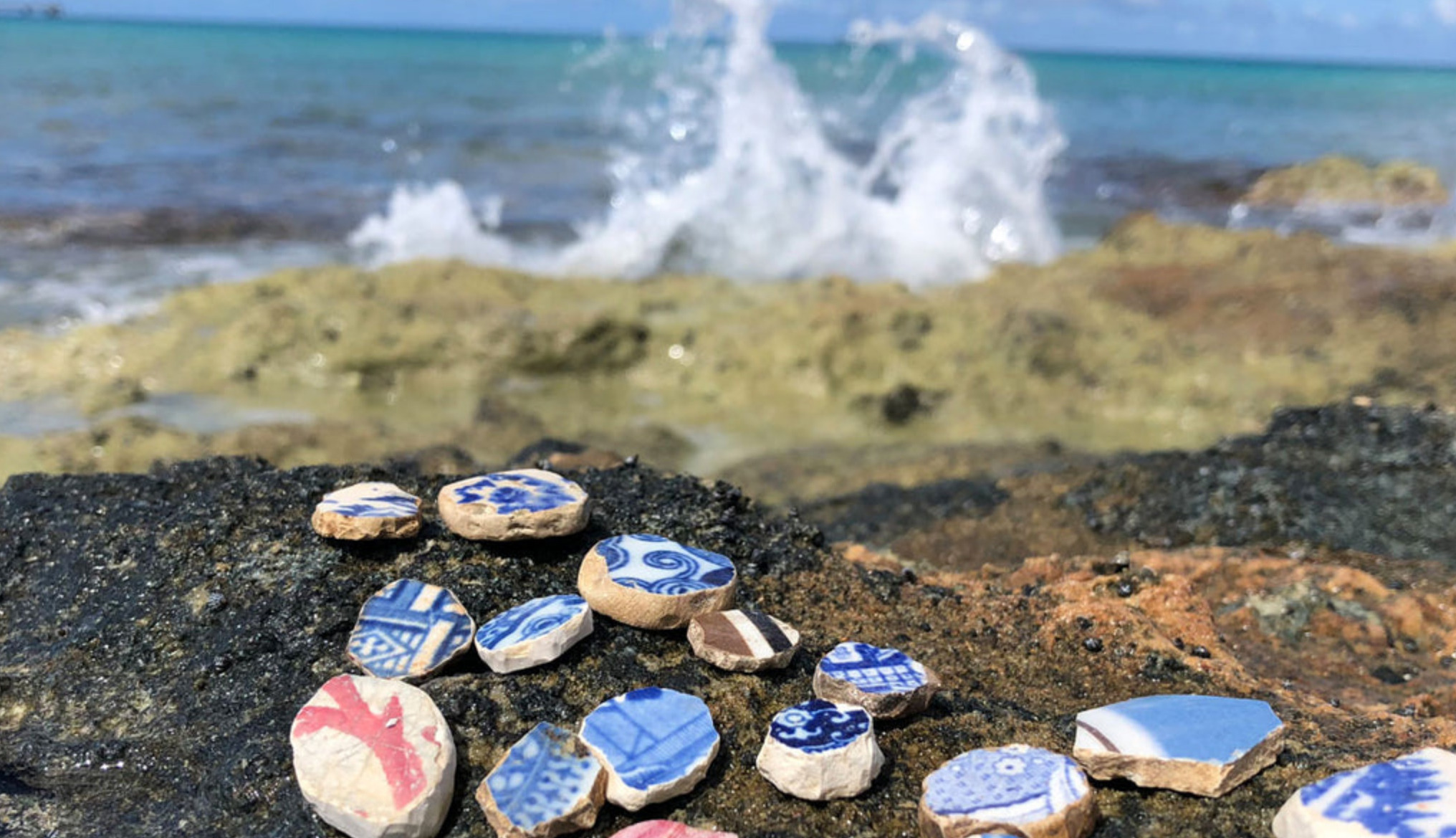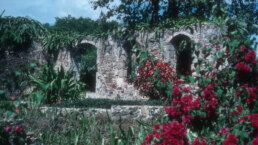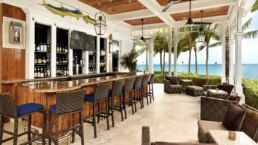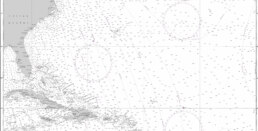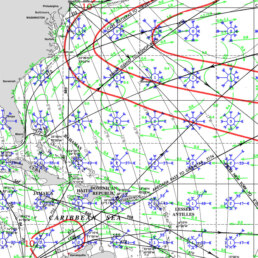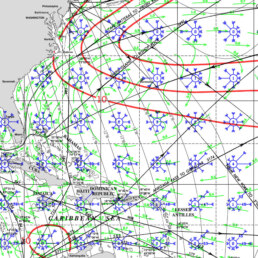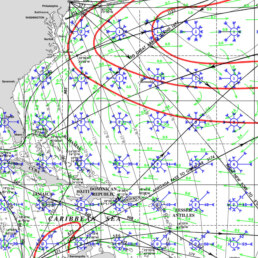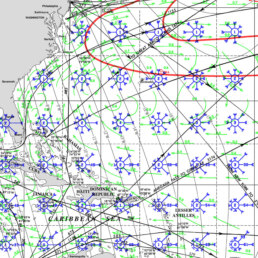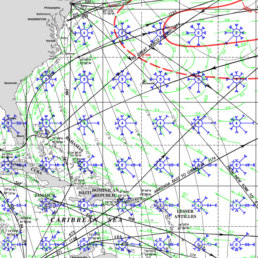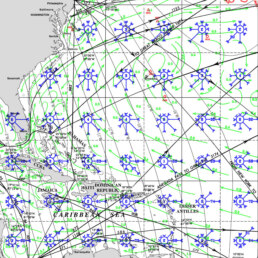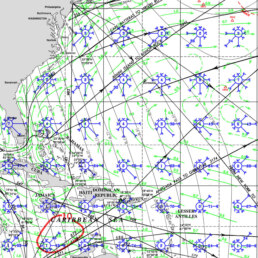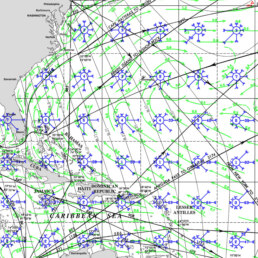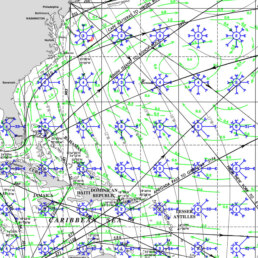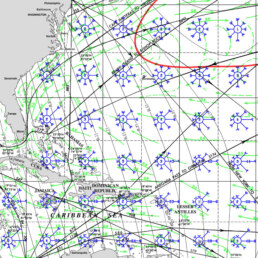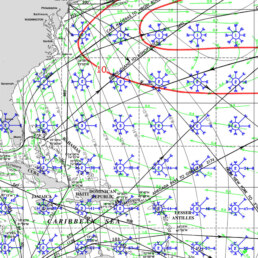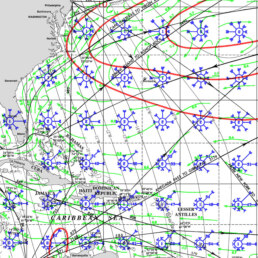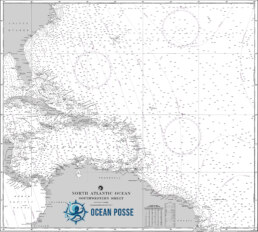ST. CROIX MARINE CENTER 🇻🇮 USVI SPONSORS THE OCEAN POSSE
ST. CROIX MARINE CENTER 🇻🇮 USVI SPONSORS THE OCEAN POSSE
17° 44.9383′ N 064° 41.9016′ W
SCMC sponsors the Ocean Posse with the following discounts:
10% off all marine store items, excluding outboard motors
10% daily and monthly dockage and moorings fees
5% off diesel and fuel purchases
AMENITIES
- Dockage – 44 fixed slips – Maximum vessel size: 125 Feet
- Fuel Dock – Gasoline & Diesel
- Marine Store / Chandlery
- Haul and Launch
- WIFI
- Washrooms and showers
LOCATION
NEARBY
⚓ 1. Christiansted National Historic Site
• What it is: A well-preserved colonial Danish fort and administrative complex dating back to the 18th century.
• Why go: Walk the cobblestone paths of Fort Christiansværn, the Danish Customs House, and the Scale House. It’s a vivid time capsule of Danish rule in the Caribbean.
• Tip: Visit at golden hour — the warm light on the yellow Danish buildings is unforgettable.
⚓ 2. Estate Whim Plantation Museum
• What it is: The oldest sugar plantation museum in the Virgin Islands.
• Why go: Explore a restored great house, sugar mill ruins, and period tools. Gain insight into the colonial and enslaved peoples’ experience.
• Tip: Combine this with a visit to other nearby plantation ruins like Rust Op Twist.
⚓ 3. Frederiksted Historic District
• What it is: A charming port town rebuilt after the Fireburn labor revolt of 1878.
• Why go: Stroll among Victorian gingerbread architecture, visit local art galleries, and enjoy a laid-back town vibe steeped in history.
• Tip: Visit the Eliza James-McBean Clock Tower and the Fort Frederik Museum.
⚓ 4. St. George Village Botanical Garden
• What it is: A lush 16-acre garden built on the ruins of a 19th-century sugar estate.
• Why go: Discover native and imported plants, historic ruins, and Arawak petroglyphs. It’s peaceful and culturally layered.
• Tip: Great place to escape the midday sun and enjoy a picnic.
⚓ 5. Crucian Food Tours (Christiansted)
• What it is: A guided culinary walking tour that hits local favorites.
• Why go: Sample kallaloo, pates, johnnycakes, local rum, and more while learning about island history and culture.
• Tip: Book early — these sell out fast.
⚓ 6. Lawaetz Family Museum
• What it is: A preserved Danish West Indies farmhouse, home to one of the island’s prominent families.
• Why go: Tour the grounds and learn about Danish agricultural heritage and Crucian family traditions.
• Tip: Best visited by appointment — call ahead.
⚓ 7. Sunday Brunch at The Palms or Savant
• What it is: Two iconic dining spots known for ambiance and cuisine.
• Why go: Experience elevated Crucian flavors in beautiful historic settings.
• Tip: Try the local bush tea and anything with fresh tamarind or passionfruit.
⚓ 8. Chaney Hunting in the Streets of Christiansted
• What it is: “Chaney” is broken china from colonial times, found embedded in sidewalks and gardens.
• Why go: It’s like urban beachcombing — find a fragment of colonial porcelain, and you’ve found a bit of history.
• Tip: There’s a Chaney shop near the boardwalk where you can learn more or have your finds made into jewelry.
⚓ 9. Crucian Heritage and Nature Tourism (CHANT) Walking Tours
• What it is: Locally guided walking tours of Christiansted and Frederiksted.
• Why go: Learn the real stories — of resistance, rebellion, and Crucian resilience — from those who live the legacy.
• Tip: Ask for a tour focused on the Fireburn or Alexander Hamilton’s time on the island.
⚓ 10. Local Bush Rum Tasting & Distillery Visits
• What it is: Sample the island’s historic spirits and modern-day takes.
• Why go: From spiced bush rums to the world-famous Cruzan Rum Distillery, it’s a flavorful journey through Crucian spirit culture.
• Tip: The Cruzan Distillery still offers in-person tours, while Mutiny Island Vodka at Sion Farm uses breadfruit — worth the stop.
CHESAPEAKE TO THE U.S. VIRGIN ISLANDS
CHESAPEAKE TO THE U.S. VIRGIN ISLANDS – 3 CLASSIC JUMP-OFF POINTS
The run south from the Chesapeake to the Virgin Islands is a 1,300–1,600 nautical mile ocean passage that blends Gulf Stream strategy, mid-Atlantic weather systems, and tradewind navigation. Choosing the right jump-off point affects how you exit the coast, cross the Stream, and settle into your offshore rhythm.Below are three proven departure strategies based on 20 years of yacht passages.
1. HAMPTON / NORFOLK, VIRGINIA – THE TRADITIONAL ROUTE
Why Choose It:
The most common jump-off point for cruisers heading south. Easy provisioning, major yacht services, and plenty of fellow southbound boats make this the “migration highway.”
Distance: ~1,450 nm (via I-65 approach)
Key Waypoints:
1 Chesapeake Bay Exit – 36°58′ N, 76°18′ W (just outside Thimble Shoals Channel)
2 Gulf Stream Crossing – ~36°00′ N, 74°30′ W
3 I-65 Turnpoint – 25°00′ N, 65°00′ W (start running with the trades)
4 Virgin Islands Landfall – 18°20′ N, 64°50′ W
Strategy:
• Weather Window: Leave 24–36 hours after a cold front passes, riding the northwest-north winds offshore.
• Gulf Stream: Cross early in settled weather; avoid strong north winds over the Stream.
• I-65 Approach: Hold southeast until ~65° W before turning south to avoid punching directly into the trades.
Arrival Options: St. Thomas (Charlotte Amalie or Red Hook), St. John (Cruz Bay), or St. Croix (Christiansted).
Pros: Well-supported, good services pre-departure, easy for first-timers.
Cons: Heavy traffic lanes for first 300 nm; crowded during peak November window.
2. CAPE LOOKOUT / BEAUFORT, NORTH CAROLINA – THE GULF STREAM SLINGSHOT
Why Choose It:
Starting farther south shortens the Gulf Stream crossing and often gets you into offshore trades faster. Popular with experienced sailors looking for a quicker jump offshore.
Distance: ~1,350 nm (direct I-65 route)
Key Waypoints:
1 Cape Lookout Sea Buoy – 34°37′ N, 76°32′ W
2 Gulf Stream Entry Point – ~33°30′ N, 74°00′ W (short crossing angle)
3 I-65 Turnpoint – 24°30′ N, 65°30′ W
4 Virgin Islands Landfall – 18°20′ N, 64°50′ W
Strategy:
• Weather Window: Same as from Virginia—leave after a front. This starting point often gives you a cleaner offshore angle immediately.
• Gulf Stream: A more perpendicular crossing than from Hampton, less distance against the current.
• Trades: Expect to reach the NE trades about a day sooner than Virginia departures.
Arrival Options: Same as Hampton route.
Pros: Faster jump offshore, less time in coastal shipping lanes.
Cons: Fewer full-service yards; provisioning not as robust as Hampton.
3. BERMUDA STOPOVER – THE TWO-LEG PASSAGE
Why Choose It:
Ideal for yachts wanting a mid-passage rest, a weather reset, or crew change. Adds mileage but breaks the passage into two manageable ocean legs.
Total Distance: ~1,550–1,600 nm (two legs)
Leg 1: Chesapeake to Bermuda (~650–700 nm)
• Jump-Off Points: Hampton, VA or Beaufort, NC work equally well.
• Arrival: St. George’s Harbour, Bermuda – excellent yacht facilities.
• Weather Tip: Expect north-northeast winds after leaving; watch for Bermuda High positioning before committing to the final approach.
Leg 2: Bermuda to USVI (~850–900 nm)
• Waypoints:
1 Depart Bermuda ~32°22′ N, 64°40′ W
2 I-65 Area – ~23°30′ N, 65°00′ W
3 Landfall – ~18°20′ N, 64°50′ W
• Sailing: Typically a broad reach to beam reach with strengthening trades as you close the islands.
Pros: Safety and rest stop, chance to repair gear, enjoy Bermuda.
Cons: Weather delays common; adds 2–5 days overall depending on waiting periods.
| Jump-Off | Best For | Distance | Average Days | Advantages | Drawbacks |
|---|---|---|---|---|---|
| Hampton / Norfolk, VA | First-time offshore cruisers | 1,450 nm | 10–14 | Full services, easy provisioning, popular rally departures | Longer Gulf Stream crossing, heavy traffic lanes first 300 nm |
| Cape Lookout / Beaufort, NC | Experienced sailors seeking quicker trades | 1,350 nm | 9–12 | Faster Gulf Stream crossing, quicker jump offshore | Limited yacht services and provisioning |
| Bermuda Stopover | Crew changes, safer two-leg passage | 1,550–1,600 nm | 12–18 | Rest, reprovision, repair stop, safer legs | Weather delays common, adds extra miles and days |
WIND
CURRENTS
SWELL AND WAVES


